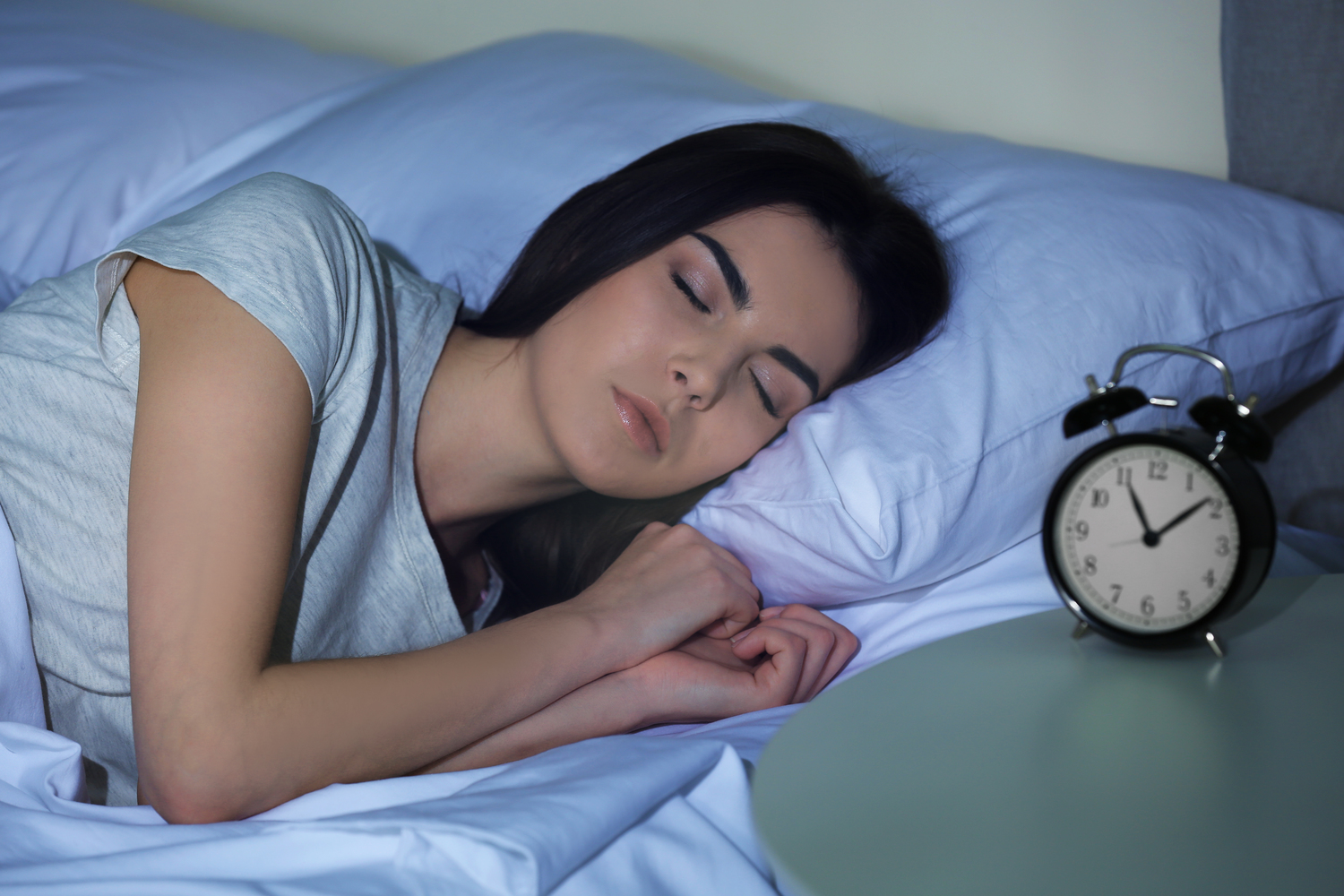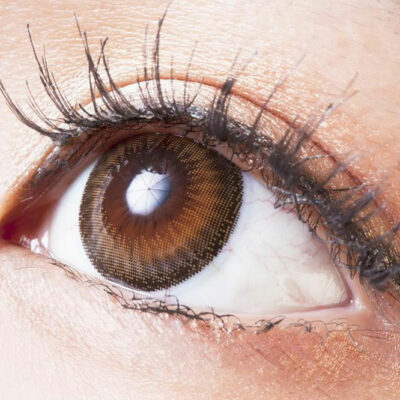
Diagnosis, Risk Factors, and Symptoms of Sleep Apnea
Sleep apnea is a severe condition that causes people to stop breathing while they are asleep. The air passage gets obstructed, causing an insufficient amount of air to reach your lungs. It is usually accompanied by loud snoring as the air is trying to force itself through the obstruction.
There are two kinds of sleep apnea, namely obstructive sleep apnea and central sleep apnea. Obstructive sleep apnea is caused by an obstruction in the air passage, which can happen due to the tongue falling backward and narrowing the passage during sleep. This could also happen when the muscles in the throat start to relax. On the other hand, central sleep apnea occurs when the brain fails to send signals to the respiratory muscles. The signs and symptoms of sleep apnea depend on the severity of the condition.
Risk factors
These are some of the factors that can increase your risk of developing obstructive sleep apnea:
- Gender
Men are 2-3 times more likely to develop sleep apnea than women. Women are at a higher risk after menopause. - Weight
Being obese may cause fat to deposit around the air passage, obstructing it. - Age
People older in age are more likely to get affected by sleep apnea. - Smoking
Smoking increases the chances of sleep apnea by causing the air passage to get inflamed. - Size of the tongue
A large tongue can obstruct the air duct, causing sleep apnea. - Size of the neck
Individuals with thicker necks usually have narrower air passages. - Drinking and using sedatives
Using sedatives and drinking alcohol excessively can cause the throat muscles to relax, worsening sleep apnea.
These are some of the factors which can increase the risks of developing central sleep apnea and lead to the emergence of the symptoms of sleep apnea:
- Age
Older people fall into higher-risk groups. - Heart condition
A history of heart disease can increase the risk. - Stroke
If you’ve had a stroke at some point in your life, you are more likely to develop this condition.
Diagnosis
Because the signs and symptoms of sleep apnea are not always noticed by the person affected by it, the doctor might evaluate the condition with the help of a family member. In some cases, your sleeping patterns might be evaluated overnight at a sleep center.
The common tests include:
- Polysomnography
This test is usually done at a sleep center, where various factors might get measured. These include measuring muscle activity with the help of electromyogram, measuring brain waves with electroencephalogram, and the heart rate with an electroencephalogram. The oxygen levels in your blood may also be checked with a pulse oximeter. - Arterial blood gas
This blood test is used to measure several parameters like the oxygen content in the blood, the pressure of carbon dioxide and oxygen, and bicarbonate levels.
If you belong to a high-risk group and happen to experience the signs and symptoms of sleep apnea , you should consult a doctor and undergo tests to determine if you have the condition. With proper treatment, you can lead a comfortable life.


